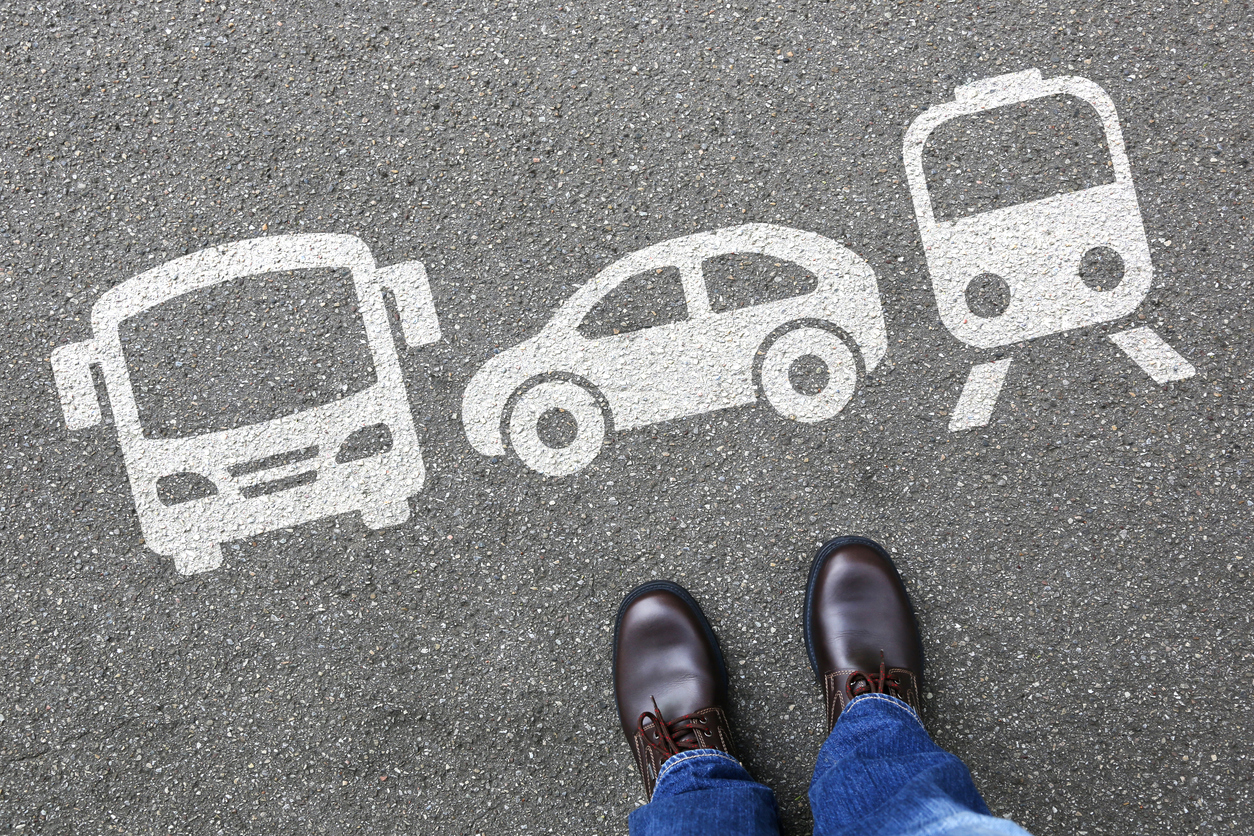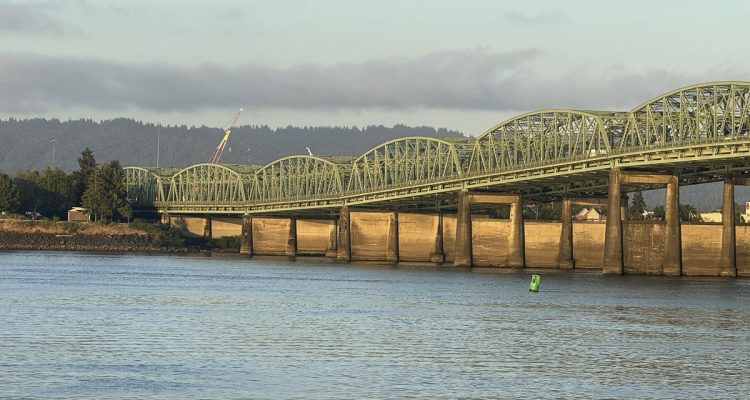This week, WSDOT leadership testified before the House Committee on Transportation in support of House Bill 2688, which removes the goal of congestion relief from the state’s transportation policy goals and replaces the rest. The agency said the bill supports its strategic plan, pictured in the above diagram.
House Bill 2688 and its companion, Senate Bill 6398, remove and replace existing goals with redefined and expanded policy goals that include: accessibility, safety, environment and climate, health and resilience, equity and environmental justice, preservation, and economic vitality.
These bills also establish vague, qualitative metrics, and attempt to prohibit legislative authority in funding transportation projects, instead requiring all transportation projects be vetted and scored by multiple state agencies in accordance with the new goals and metrics.
This represents bad policy on many levels.
First, it effectively solidifies WSDOT not as a transportation agency with a specified servant role, but as a large and amorphous government body that grants the right of mobility to people only insofar as government agencies determine it is appropriate in accordance with planning ideology.
Second, this legislation attempts to limit legislative authority to fund transportation projects. A project would first have to “undergo an evaluation, guided by the goals,” reviewed by multiple public agencies, and scored accordingly. The projects must also be included in a regional transportation planning organization’s existing plan. This shift in authority – away from the legislature and the people to the executive branch – raises serious concerns about constitutionality and accountability.
To be sure, the goals are vague and incoherent. However, the metrics for evaluating the goals are where this proposed policy really goes off the rails.
Below is a list of nebulous language included in the bill that is meaningless and could easily be abused.
- The goal of “health and resilience” seeks to “promote healthy people and communities.” This is measured through “the ability of pedestrians to use the built environment,” “increasing opportunities for physical activity,” and “prevention of displacement and increases in community connectedness.”
It is not appropriate for WSDOT to have authority to determine whether how someone travels or lives is healthy or promotes sufficient physical activity. It is also not possible for WSDOT, or any agency, to measure whether a community is adequately “connected.”
- The goal of “equity and environmental justice” is similarly vague and would be impossible to implement. The goal seeks to “eliminate historic and persistent barriers and prioritize investments meeting the goals in this section for highly impacted communities and vulnerable populations…”
How would WSDOT eliminate historic and persistent barriers? Who determines what those barriers are? Why should policymakers or agency officials have the authority to determine goals for vulnerable populations?
The metrics for this goal are also problematic, and include things like “targeting system investments for the reduction of harm” – giving policymakers the right and power to determine what is harmful for people who should be encouraged to make that determination for themselves.
- The goal of “accessibility” is measured, in part, by how well it expands public transportation. However, despite decades of spending on the expansion of transit, people continue to depend on their vehicles for work and personal trips.
More importantly, people need more than just “access” to a particular travel mode. They need competitive access to the greatest number of jobs and opportunities within 30 minutes, which is overwhelmingly provided by automobiles. In other words, coercing a working family out of a car and into transit may reduce the number of jobs they can access in the shortest period of time, and could ultimately reduce their quality of life.
The full proposal is available on the legislative website here.
State officials are having enough problems in meeting existing policy goals – specifically the goal of reducing traffic congestion, which is a basic function of our state DOT. Rather than broadening or changing existing goals, lawmakers should consider studying how these goals can be made more narrow, measurable and achievable.
A good place to start would be to reinstate the two performance metrics for reducing traffic delays that were outlined in the 2000 Blue Ribbon Commission on Transportation:
- Traffic congestion on urban interstate highways will be significantly reduced and be no worse than the national mean.
- Delay per driver will be significantly reduced and be no worse than the national mean.
This would help ensure that WSDOT officials are fulfilling their duty to the public and are able to be held accountable for what they do with the tax dollars they are entrusted with.
I recognize this is redundant, but it needs to be said again and again: WSDOT is fundamentally a road and bridge agency, and should not veer into areas of public health or social engineering, while rejecting its responsibility for improving mobility for all Washingtonians. The fact that WSDOT supports gutting existing policy goals and removing congestion relief as a core policy goal should concern everyone.




